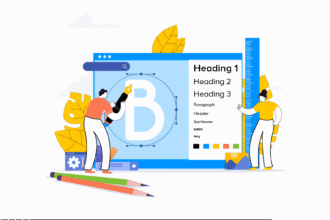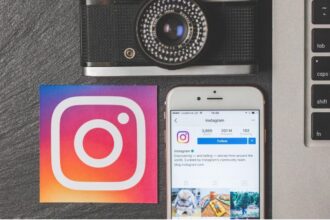Because people may forget your words—but they’ll always remember how your story made them feel.
Let’s be real—attention spans are shorter than ever.
In Nigeria’s noisy digital space, where everyone is “selling something,” your audience is scrolling fast.
The only way to cut through the clutter?
Visual storytelling.
It’s more than just pretty graphics. It’s about using images, videos, and design to make people feel, remember, and respond.
Whether you’re a small business, creative brand, or startup—your visuals are your loudest voice.
Let’s break down how to use visual storytelling to build trust, spark emotion, and move people to action.
1. Understand the Power of Story + Visuals
Your brand isn’t just a product. It’s a story—about why you started, who you serve, and what makes you different.
Now imagine telling that story without words—just through:
- A behind-the-scenes photo
- A before/after transformation reel
- A mood board of your brand’s vibe
- A customer reaction video
Visuals are emotional shortcuts.
They can say in 3 seconds what a caption can’t in 10 lines.
2. Use Consistent Visual Branding to Build Recognition
You know that brand whose colours and fonts you recognize before seeing the name?
That’s not by luck—it’s visual consistency.
To build it:
- Choose 2–3 brand colours that reflect your identity
- Use 1–2 signature fonts across posts, stories, and flyers
- Stick to a photo style (bright, moody, minimalist, etc.)
- Add a logo watermark if possible
When your visuals are cohesive, your audience starts to feel your brand before they even read a word.
3. Use Video to Tell Micro-Stories That Connect
Short-form video is dominating platforms like TikTok, Instagram Reels, and YouTube Shorts.
Why? Because people want fast, real, and emotion-driven content.
Story-driven video ideas:
- Day in your life as a founder or creative
- Transformation journeys (“From sketch to final art”)
- Customer unboxing or testimonial
- “Why I started this brand” in under 60 seconds
Remember: Your audience doesn’t need perfect.
They need authentic. Start where you are and let your story breathe.
4. Show People, Not Just Products
Your audience connects with faces, not flyers.
Instead of just posting your product on a white background—show it in use.
Examples:
- A customer wearing your fashion piece
- You packaging a client’s order
- An artist sketching live
- Smiling faces at a pop-up or event
People want to see themselves in your story. Help them visualize the experience.
5. Add Emotion Through Colour, Composition, and Captions
Good visual storytelling combines what you show with how you show it.
Tips to elevate your visuals:
- Use warm tones for comfort, bold tones for energy
- Use close-up shots for intimacy, wide shots for lifestyle
- Pair powerful visuals with short captions that ask a question, share a lesson, or spark a thought
Don’t just post. Paint a feeling.
6. Use Carousels, Stories, and Reels Strategically
Each format serves a different part of the story.
Carousels – great for step-by-step visuals (e.g., product features, how it works)
Stories – great for raw, behind-the-scenes, day-to-day storytelling
Reels/Shorts – perfect for viral impact, trends, and personality
Mix them for a 360° brand presence your audience can connect with again and again.






